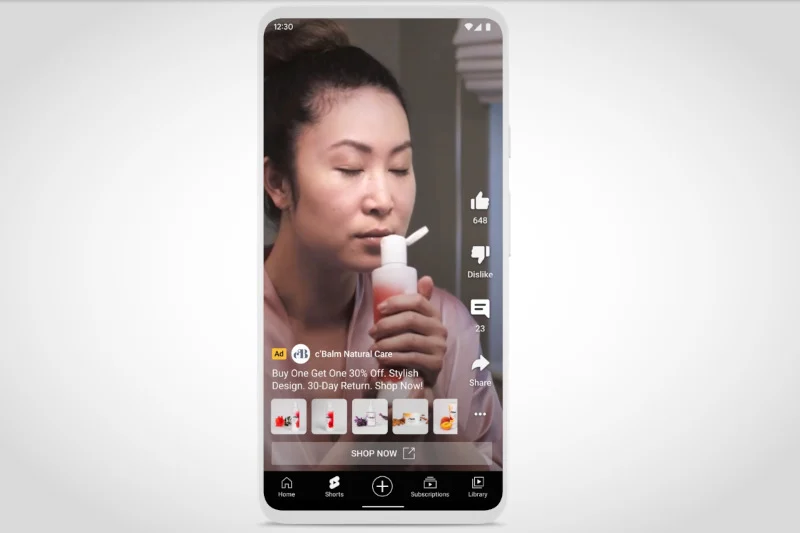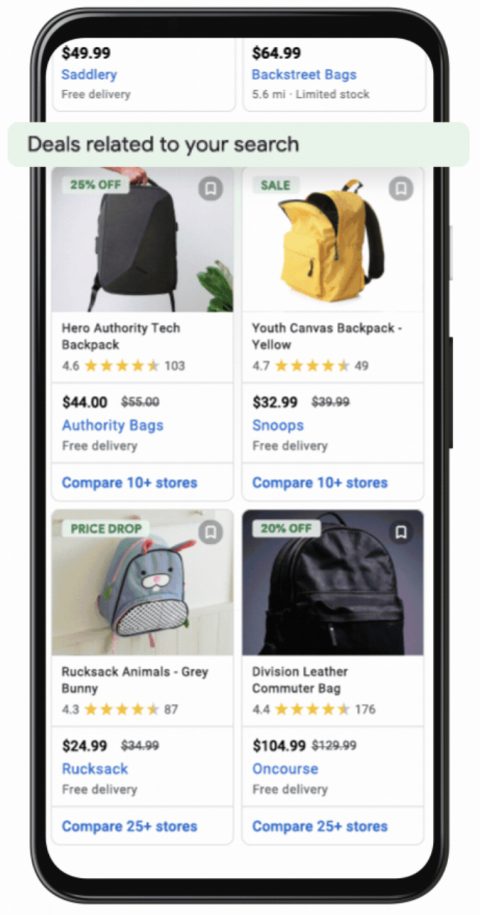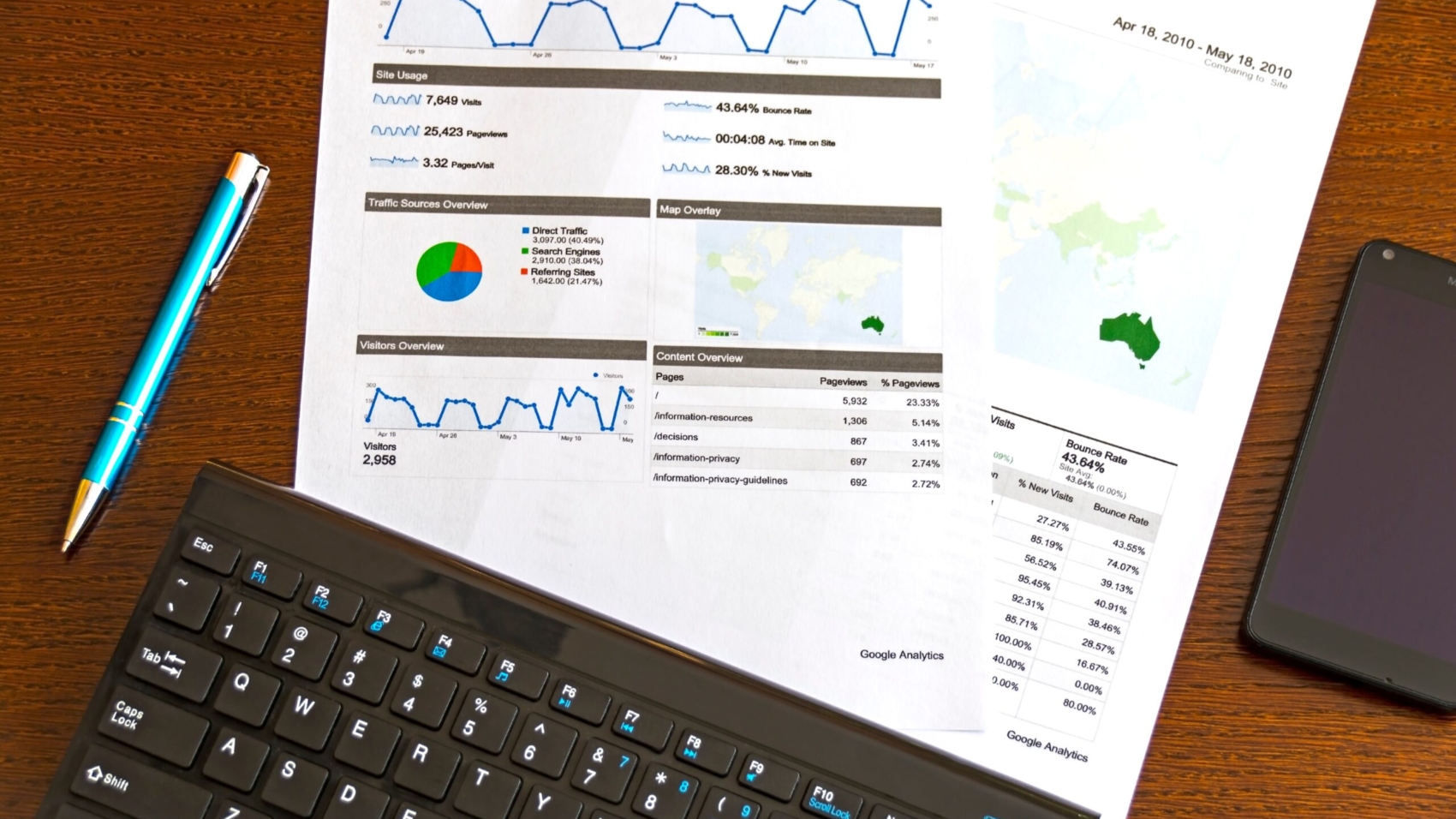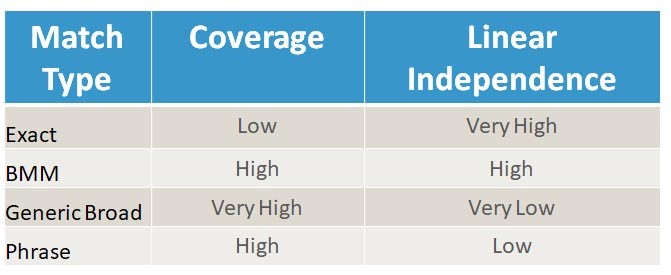Want to know more about this upcoming update? Keep on reading
Google announced in the annual Marketing Live 2022 event that Responsive Display Ads (RDAs) are going to be enhanced towards a better mobile experience for advertisers and consumers, aka a mobile-first layout. According to Google, these changes give marketers more control over the ad’s visual appearance on mobile versions.
What will be different about RDAs?
One of the main changes includes the option of a new portrait image:
- Previously, the ad format required a square image, and Google filled in the gaps in the mobile version.
- Now, advertisers can control the ad’s appearance by allowing portrait images to display on mobile devices
Additionally, Google now gives advertisers the option to use existing resources to create a vertical video for ad campaigns. This format uses machine learning to design and create engaging display ads. However, checking the end result before testing might be preferable, since auto-created videos might not be at your standard level.
Do you think this is useful for visual creators? Let us know in the comments below.
Another update to RDAs will make images fit in the available space, without needing to expand images. Let’s see an example:
Our Take
It is clear that RDAs are the dominant display ad format in Google’s platform. The possibility to adapt multiple size formats automatically for maximum coverage is a great benefit since traditional Display ads forced advertisers to design each and every image according to the size of the ad. However, RDAs are not quite cooked yet. As we see in Responsive Search ads (RSAs), Google allows advertisers to pin texts or images to guarantee it has a specific position, and this is a crucial feature we do not get to see in RDAs.
There should be more control over how ads are shown in different situations since not all advertisers are willing to have a full design team that builds hundreds of image variations according to each scenario. It would be a great addition to RDAs if Google launches more control tools that show how the ad is actually showing. It can’t be all black or white, some gray would be nice.
Given that these additions show the importance of mobile usage nowadays, we are eager to see if any more ad formats are taken into account with more tools that give more power to advertisers.
As expected, we will keep you informed of any new updates launched in the near future. Stay tuned!
About Quantikal
Quantikal is a data-driven performance marketing agency based in Buenos Aires, Argentina. We help clients scale their business through profitable digital ad spending by constantly obsessing over clients’ key metrics. Quantikal’s experience working in diverse online companies in marketing roles including media buying allows us to provide solutions in the ever-demanding increase of marketing performance, doing more with less thus becoming a strategic partner.
#google #quantikal #rda #display #advertising #video #advertisers #performance











